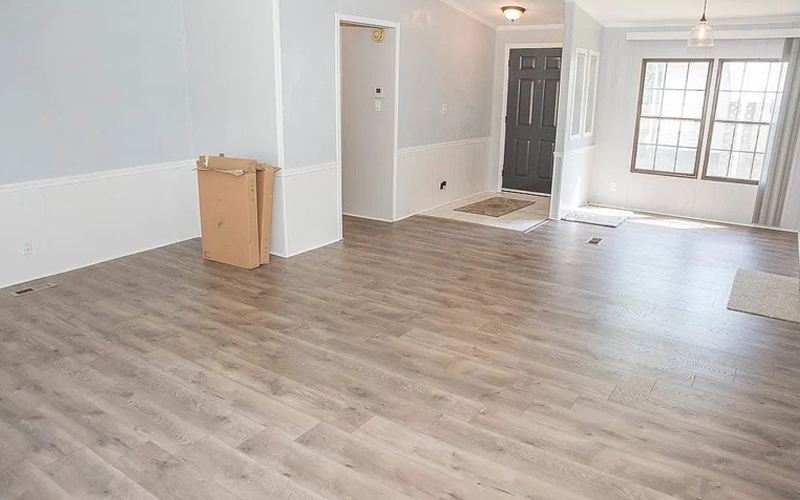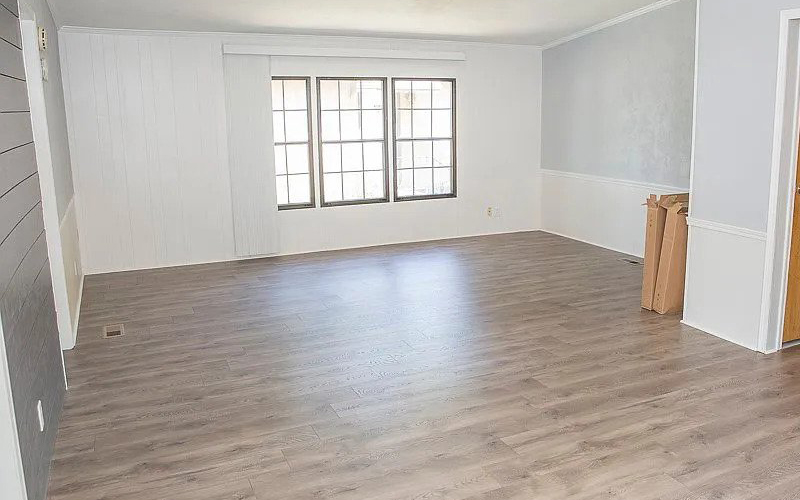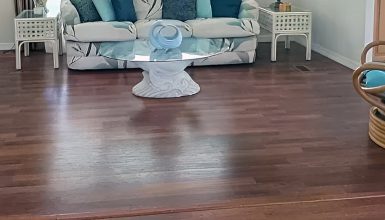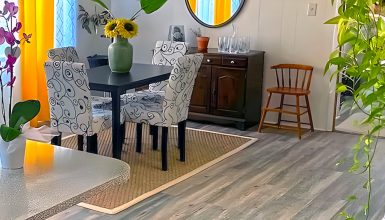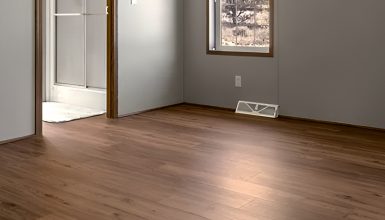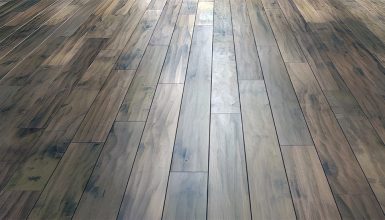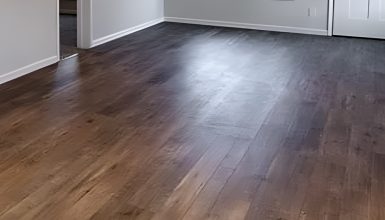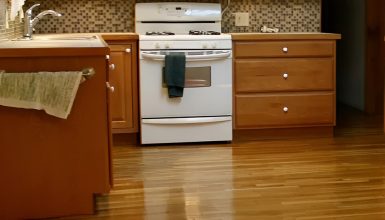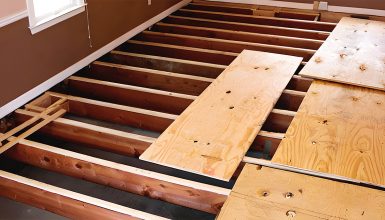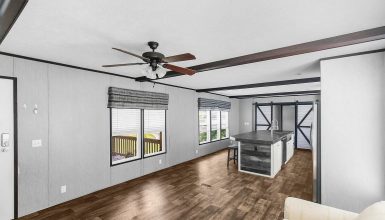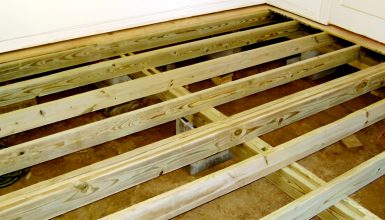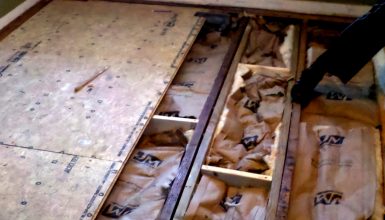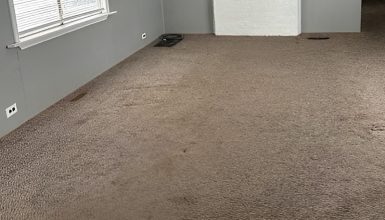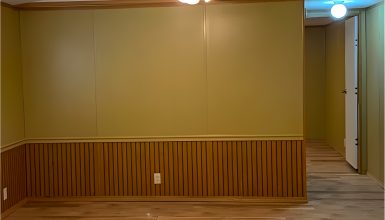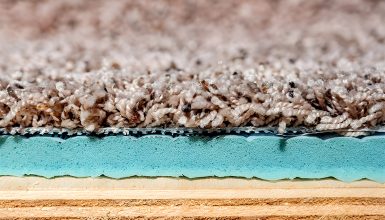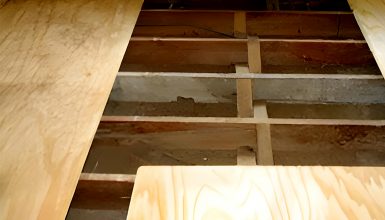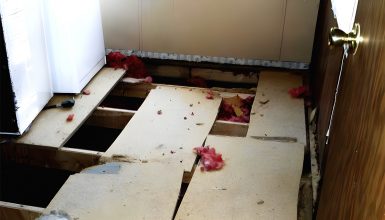Are you tired of constantly cleaning your carpet or dealing with stains and wear and tear? Replacing your mobile home’s carpet with laminate flooring could be the solution you’ve been looking for. Laminate flooring is a popular and durable alternative to carpets that offers many benefits.
Benefits of replacing carpet with laminate flooring
Replacing carpet with laminate flooring in a mobile home can offer many benefits. Here are some of the advantages of laminate flooring:
- Durability
Laminate flooring is made from a rigid, durable material that can withstand heavy foot traffic, scratches, and dents. It’s an excellent choice for homes with children, pets, or high-traffic areas.
- Easy to clean
Unlike carpet, laminate flooring is easy to clean and maintain. It doesn’t absorb spills or stains and can be swept or mopped quickly and easily.
- Versatility
Laminate floors comes in a wide range of colors, patterns, and textures, making it easy to find a style that matches your mobile home’s decor.
- Cost-effective
The laminate flooring is often less expensive than carpet or hardwood, making it an excellent choice for those on a budget.
- Allergies
Laminate flooring doesn’t trap dust, pet dander, or other allergens, making it an excellent choice for those with allergies or respiratory issues.
- Easy installation
Laminate flooring is relatively easy to install. Many homeowners can complete the project themselves with the right tools and instructions.
How to Pull Up the Carpet In A Mobile Home
Pulling up the carpet in a mobile home and replacing it with laminate floors can be a DIY project, but it requires some preparation and planning. Here are the general steps to follow:
Preparation
Before replacing your mobile home’s carpet with laminate flooring, you must prepare the space properly. This includes gathering the necessary tools and materials, removing furniture and other obstacles, and evaluating the subfloor’s condition.
First, gather the tools and materials you’ll need for the project. This typically includes laminate flooring, underlayment, a saw, a hammer, a measuring tape, a pencil, a pry bar, and safety equipment such as gloves and safety glasses.
Next, remove any furniture or other obstacles from the room. This will give you plenty of space to work and help prevent accidental damage to your belongings.
Once the room is cleared, evaluate the condition of the subfloor. Ensure it’s dry, level, and free of debris or damage. If there are any issues, address them before installing the underlayment and laminate flooring. For example, if the subfloor is uneven, you may need to level it with a self-leveling compound.
Finally, consider your layout and pattern options. Determine which direction to lay the laminate flooring and which pattern you prefer. This can help you order the right amount of flooring and make the installation process smoother.
Step by step replacing carpets with laminate floors:
- Remove the old carpet: Remove the old carpet and padding from the mobile home. Use a scraper or pry bar to remove any stubborn adhesive or glue.
- Clean the subfloor: Make sure the subfloor is clean, dry, and free of debris before installing the laminate flooring. Sweep or vacuum the floor to remove any dirt or dust.
- Prepare the underlayment: Install an underlayment over the subfloor to provide a smooth and stable surface for the laminate flooring. Follow the manufacturer’s instructions for installation.
- Measure and cut the laminate flooring: Measure and cut the laminate flooring to fit the room’s dimensions, making sure to leave a little extra along the edges.
- Install the first row: Start by installing the first row of laminate flooring along the longest wall in the room. Leave a gap of 1/4 inch between the flooring and the wall to allow for expansion.
- Install subsequent rows: Install the following rows of laminate flooring, and stagger the joints between planks for a more natural look. Use spacers to maintain the gap between the flooring and the wall.
- Cut around obstacles: Use a jigsaw or handsaw to cut the laminate flooring to fit around obstacles like doorways and vents.
- Install the baseboards: Install new ones along the room’s edges to cover the gaps between the laminate flooring and the walls.
- Clean up: Once the installation is complete, remove the spacers and sweep or vacuum the floor to remove any debris.
Conclusion
In conclusion, replacing carpets with laminate flooring can offer numerous benefits for mobile homeowners. With its durability, easy maintenance, versatility, cost-effectiveness, and allergen-reducing qualities, laminate flooring is an excellent option for those looking to update their flooring. Additionally, laminate flooring installation is relatively straightforward.

